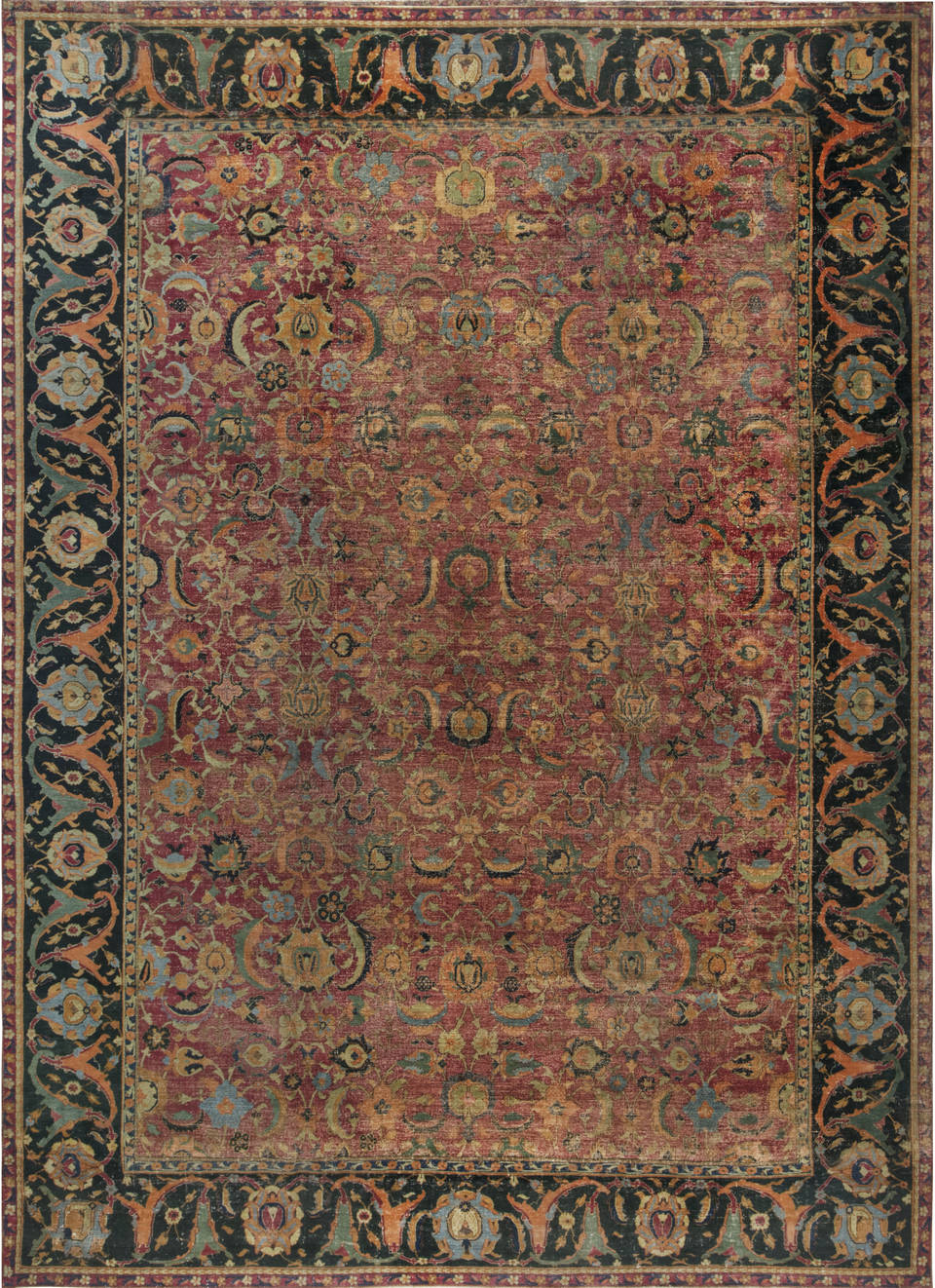Esfahan was the capital of the country at the time of the Safavid Dynasty (1502-1736). Shah Abbas was a great enthusiast of architecture and craftsmanship. In his time the architects created the Imam Square. On its southern edge, there is the great mosque of the Imam. Many people think it is the greatest shrine in Iran. In the square, there’s also Lotfollah mosque and the house of Ali Qapo. The whole square is surrounded by souvenir shops, gold and textiles, and lots of tea houses. The northern part of the square extends into the great bazaar, running for more than 5 kilometers to the older part of town and the mosque Jameh built in the eleventh century. Anyone who visits this city will easily understand the meaning of the Persian saying from the sixteenth century: “Esfahan nesf-e jahan – Esfahan is a half of the world.”
In the city and in its surroundings you can find a great number of weaving workshops, many of which have international fame, such as Seirafian, Davari, Enteszar or Hagigi. Designs are inspired ornaments tiled mosques, gardens and urban palaces. Esfahan carpets represent the highest class of choice of materials and designs. They are thin carpets, with high-density weaves (Senneh nodes) that are sometimes woven from a silk matrix. The materials, mainly wool and dyes are of the highest quality. Themes of Esfahan carpets usually consist medallions with palmettes and arabesques (Shah Abbas pattern), but there are also patterns of figural motifs. Along the streets, there are tightly arranged shops with carpets, and even some hotels organize exhibitions to attract buyers. In the area, there are also large carpet bazaars, where are sold, for example, carpets Jalameh and Baktjar.
